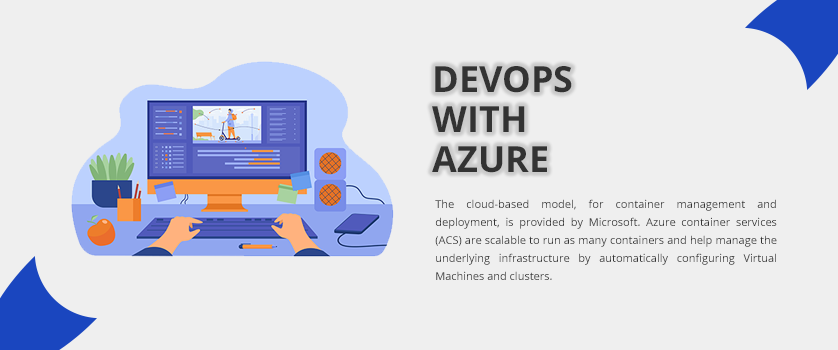


Containers refer to a software package that provides an environment wherein all components required to run an application are available. It can be understood as a framework, which includes system libraries, system dependencies, and various other configuration files needed to run an application. For instance, there are situations where an application is transferred from one computing environment to another, say, development to the testing environment or one cloud platform to another. Each environment has a different configuration, be it network topology, security policies, or various other factors. This challenge is overcome by containers that break the boundaries between an application and the environment in which it must be executed.
Containers thus reduce the overhead of changing infrastructure configurations, every time a new software has to be run. These act as a bridge between an application and the environment in which it must be operated.
Containers are available for Linux and Windows operating systems.
When we refer to a container, the discussion must ideally include mentions about the types of services it offers to the end-users. CaaS refers to the cloud computing model, similar to Saas, PaaS, IaaS. CaaS is provided by various cloud service providers such as Google, Amazon, Microsoft. The most popular ones are -
In this article, we focus our discussion on Microsoft Azure Container Service and how it delivers business objectives with DevOps in parallel.
The cloud-based model, for container management and deployment, is provided by Microsoft. Azure container services (ACS) are scalable to run as many containers and help manage the underlying infrastructure by automatically configuring Virtual Machines and clusters. The Azure services offer support for any open-source tool and technologies available for containers.
Let us look into the types of Azure containers:
NOTE: Kubernetes is an open-source platform that facilitates the management of containerized workloads and services.
So far, we have understood that the container services enable us to create an environment that can seamlessly perform the desired activities. DevOps is simply an approach towards continuous integration and deployment, by collaborating resources such as development and operations teams, with an endeavor to focus on faster integration and development of the latest features and deploying the same within time.
A cloud-based model, such as the CaaS, as discussed above, is one such methodology that provides solutions in terms of tools and techniques to build, test, and deploy applications with quality, speed, and in a controlled (measurable) environment. The benefits of using DevOps with container services provided by Azure and similar entities is an attempt to scale up the production environment and eliminate the barriers that require manual interventions.
We summarize DevOps in the context of Container Services, by listing the following benefits:
DevOps is a practice that is followed in almost all organizations to meet the ever-changing market trends. There is, thus, a need to scale up the resources to support the dynamic nature of workload that may come in, at different points in time. Adoption of a Container Service, thus, largely depends on the scale of operations and the extent to which different environments could be required for running applications, have to be given a thoughtful consideration.